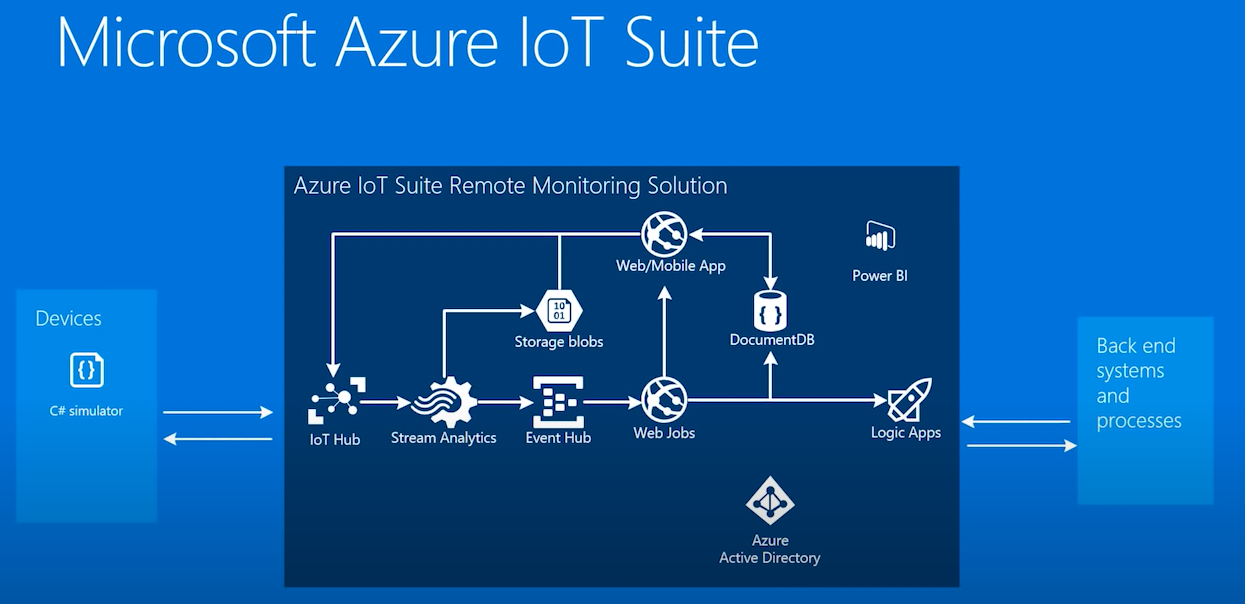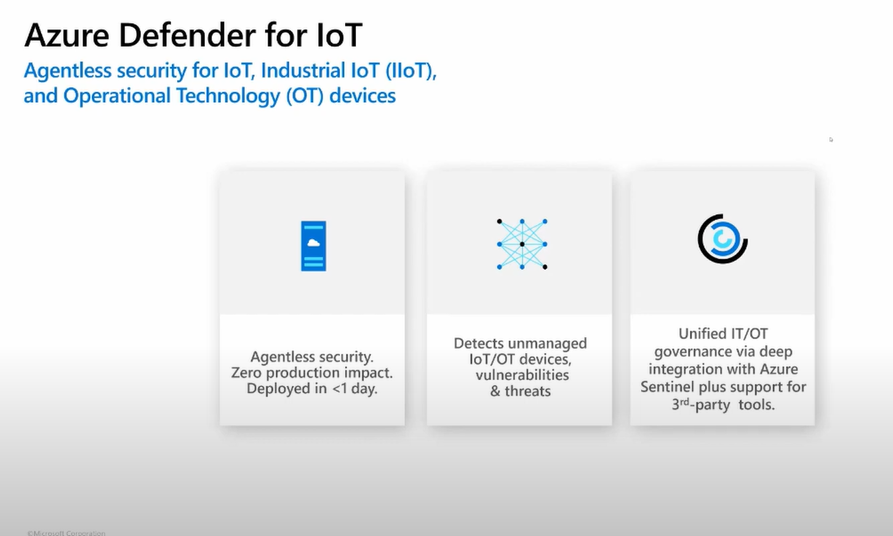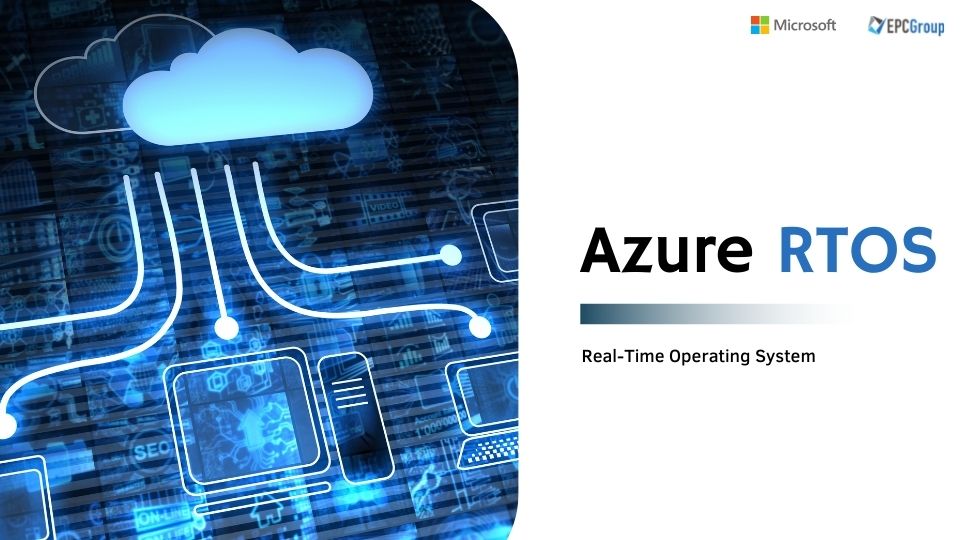Azure RTOS is a real-time operating system (RTOS) for microcontroller-based IoT and edge devices (MCUs). It is designed to run on even the most resource-limited devices. In this blog post, we will go through Azure RTOS pricing and features in detail.
It comes with an EAL4+ Common Criteria security rating, which includes full IP layer security via IPsec and socket layer security via TLS and DTLS. FIPS 140-2 certification has been granted to Microsoft’s software crypto library. They also use hardware cryptography capabilities, ThreadX MODULES memory protection, and ARM’s TrustZone ARMv8-M security features.
Azure RTOS Pricing And Features

The pricing structure of Azure RTOS:
There is no cost to test and investigate the source code. All Azure RTOS components’ source code is accessible on GitHub, enabling users to investigate, build, analyze, and customize Azure RTOS to their specific needs.
There are two options for obtaining an Azure RTOS license:
- If users deploy any of the supported microcontroller (MCU) or microprocessor (MPU) devices, the production license is automatically included. On GitHub, users can find a list of pre-licensed devices.
- Licensing options are available if users choose to use a device in production that isn’t mentioned on GitHub.
Distinctive components of Azure RTOS:

Azure RTOS ThreadX
ThreadX is an advanced Real-Time Operating System (RTOS) for highly integrated applications developed by Azure. Advanced scheduling capabilities, message forwarding, interrupt control, and messaging services are just a few of the advantages offered by Azure RTOS ThreadX. Picokernel architecture, preemption-threshold planning, event-chaining, and a comprehensive collection of system services are just a few of the advanced features.
Azure RTOS FileX
FileX is a high-performance FAT-compatible file system for Azure RTOS. It works in tandem with Azure RTOS ThreadX and therefore is compatible with all supporting processors. Azure RTOS FileX, like Azure RTOS ThreadX, is designed to be tiny and fast, making it appropriate for today’s complex embedded applications which require file operations. Through Azure RTOS LevelX, Azure RTOS FileX supports most physical media, such as RAM disc, USBX, SD CARD, as well as NAND/NOR flash memories.
Azure RTOS GUIX
Azure RTOS GUIX is a high-end graphical user interface toolkit designed for embedded system programmers. Unlike the competitors, Azure RTOS GUIX is small, efficient, and can be easily converted to any hardware configuration that supports graphical output. Azure RTOS GUIX also has a great look and feel, as well as an easy-to-use API for developing user interfaces at the application level.
Azure RTOS NetX
The Azure RTOS NetX implementation of TCP/IP protocol standards is a high-performance implementation. It’s seamlessly integrated with Azure RTOS ThreadX and works with all processors. Piconet architecture is exclusive to Azure RTOS NetX. It’s a wonderful match for today’s modern integrated programs that need network access, especially when coupled with a zero-copy API.
Azure RTOS NetX Duo
Azure RTOS NetX Duo is a high-performance, industrial-grade TCP/IP network stack for integrated, real-time, and IoT apps. Also, Azure RTOS NetX Duo is a dual IPv4 and IPv6 network stack, whereas Azure RTOS NetX is a subcategory of Azure RTOS NetX Duo.
Azure RTOS USBX
Azure RTOS USBX is a USB host, device, and On-The-Go (OTG) integrated stack with great performance. It’s completely integrated with ThreadX and compatible with just about any Azure RTOS ThreadX CPU. Moreover, Azure RTOS USBX, like Azure RTOS ThreadX, is built with a small footprint and great performance in mind, making it perfect for thoroughly embedded applications that demand a USB interface.
All about real-time multithreading, inter-thread communication and synchronization, and memory management
Real-time Multithreading
Multithreading is a program execution mechanism that allows several threads to be formed within a process, each of which can execute independently while sharing process resources. Threads can execute in full parallel if they are spread to their own CPU core, based on the hardware.
Inter-Thread Communication and Synchronization
Enabling synchronized threads to interact with each other is what inter-thread communication or cooperation is really all about.
Cooperation (inter-thread communication) is a technique in which a thread is paused in its critical part whereas another thread enters (or locks) in the same critical area to be executed. The following methods of the Object class are used to implement it:
- wait
- notify
- notify All
Memory Management
The operating system occupies a portion of memory in a multi-programming computer, while the rest is used by countless processes. Memory management is the practice of allocating memory across many operations. Memory management is an operating system method for synchronizing actions amid main memory and disc throughout the implementation of a task. The primary goal of memory management is to maximize memory use.
Why Memory Management is required:
- Before and after the procedure, allocate and de-allocate memory.
- To keep records of how much memory is being consumed by processes.
- To reduce fragmentation concerns.
- Thirdly, To ensure that main memory is properly utilized.
- To maintain data integrity while the process is being carried out.
AZURE RTOS Integration with Azure IoT for IoT Device Management

Devices are becoming smarter and more powerful than ever. They can collect data and act on it, learn and make predictions—but only if they are connected to a robust cloud service.
Among all features under the Azure RTOS pricing model, it is impeccably integrated with Azure IoT so users can connect, supervise and control their IoT products. Connect via IoT protocols, reference templates, or IoT Plug and Play with the Azure IoT device SDK.
Licensing option for Source Code Access:
Open-source licenses are legally binding contracts between a software component’s inventor and its user, stating that the software can be used in commercial applications under certain circumstances. The license determines whether or not a code is considered an open-source component. Even though the software component has now been shared publicly on GitHub, it is inaccessible to others without an open-source license.
According to the terms and conditions of each open-source license, users are allowed to do what they want with the software components, what they must do, and what they cannot do. Although this may appear to be a simple task, there are over 200 open-source licenses to keep track of. Organizations must determine which licenses are most consistent with their policies to ensure that they stay compliant, and these licenses vary in complexity and criteria.
Easy embedded IoT device development:
IoT Development Tools – To create an IoT application, you’ll need a full software development package. Integrated Development Environments (IDEs), Command Line Interfaces (CLIs), Software Development Kits (SDKs), and libraries or APIs designed specifically for IoT developers are among the software tools available. These software development tools could be used on top of or in tandem with IoT development platforms.
Easy and straightforward development platforms give IoT developers the option of developing entirely with the vendor’s IDE and tools or using any other IDE according to one’s choice, such as IAR Embedded Workbench, Arm Microcontroller Development Kit, and Microsoft Visual Studio Code, in accordance with the vendor’s tools. The platforms also offer well-documented template applications to help developers get a head start on app creation. Moreover, you can also reach out to EPCGroup for Power BI Embedded Consulting.

Choice of OS
The Internet of Things (IoT) includes everything from small sensors to large systems like robots. One of the most important jobs that affect the firmware development strategy is selecting an operating environment for an IoT system. Optimized memory footprint, energy efficiency, embedded security, connection features, hardware-agnostic operations, and real-time processing abilities are all critical needs for an IoT OS. IoT operating environments span from bare-metal to integrated OSes to full-featured OSes, all of which cater to varied IoT application requirements. Mbed OS and Amazon FreeRTOS, to mention two, are two of the many development platforms available for integrated IoT applications.
Embedded and connection device makers occasionally supply extra libraries to provide custom-made IoT capabilities in addition to existing platforms. These libraries/platforms work in tandem with the development of OS to deliver embedded and wireless functionality in a user-friendly IoT development environment. IoT developers have a full development platform for IoT solutions, due to the seamless coupling of feature-rich libraries given by device vendors and the OS of choice dependent on the application.
Security features in Azure RTOS for embedded applications:
Under Azure RTOS pricing structure, it uses industry-standard protocols and regulatory requirements to provide IP and socket-layer security. Azure RTOS also makes use of hardware cryptography and memory protection features. In addition to that:
- IP layer security (IPsec), as well as socket layer security (TLS and DTLS) protocols, are supported.
- Tested and approved in accordance with international security assurance standards.
- Works with Azure Defender to detect attacks and fix problems before they’re exploited.

EPCGroup as Azure Consulting Partner: Azure RTOS
EPC Group is a well-known company that is a Microsoft Gold Partner and can offer general development services for Azure RTOS. Comprehensive assistance for a development team or app development, encompassing troubleshooting and enhancement of current applications. They can also assist with proof of concepts, dummy applications, and demonstration projects utilizing Azure RTOS if user companies have the idea and are not really prepared to start development.
Our team can quickly construct a proof of concept application owing to their vast platform support and RTOS development knowledge. After that, if their clients wish to proceed further with development, they can gladly give their services.
Conclusion:
In conclusion, Microsoft has developed a range of IoT-based operating systems, including Azure RTOS that are suitable for small gadgets as well as edge processors. It has various advantages, including a tiny footprint, rapid and deterministic execution, and pre-certified as well as easy-to-use embedded system implementation. With IoT devices expected to migrate to 32-bit microprocessors in the near future, there is a compelling justification for using a commercialized RTOS.










